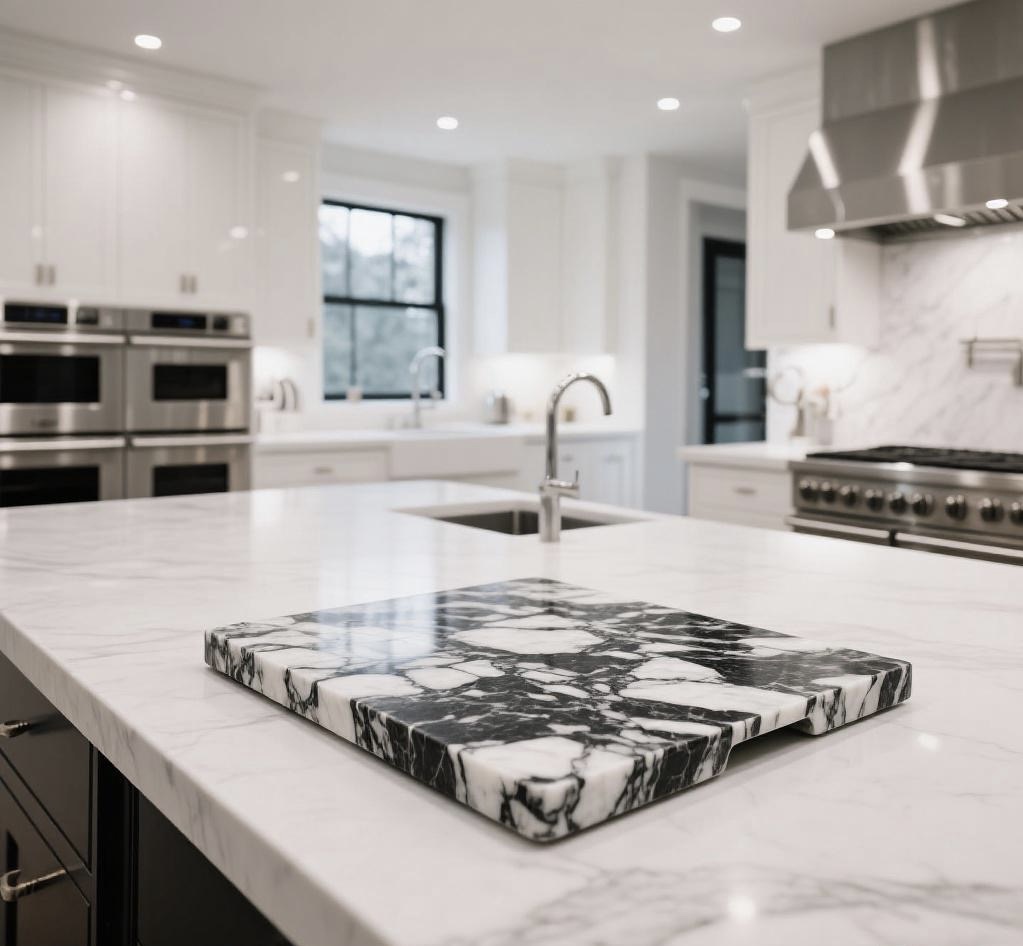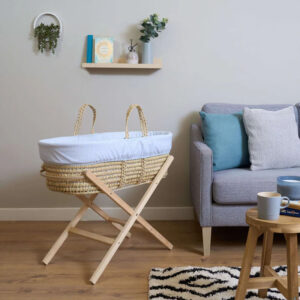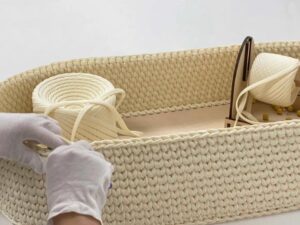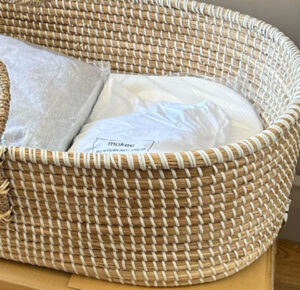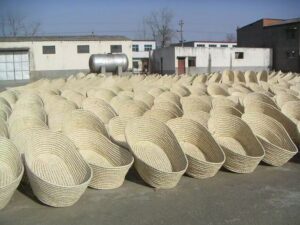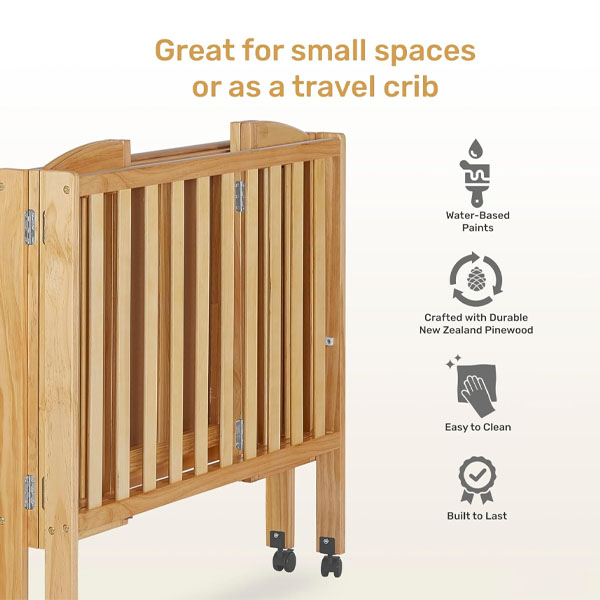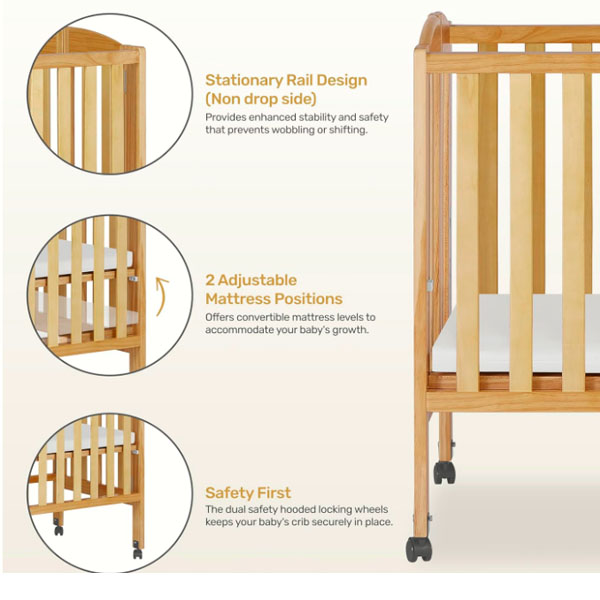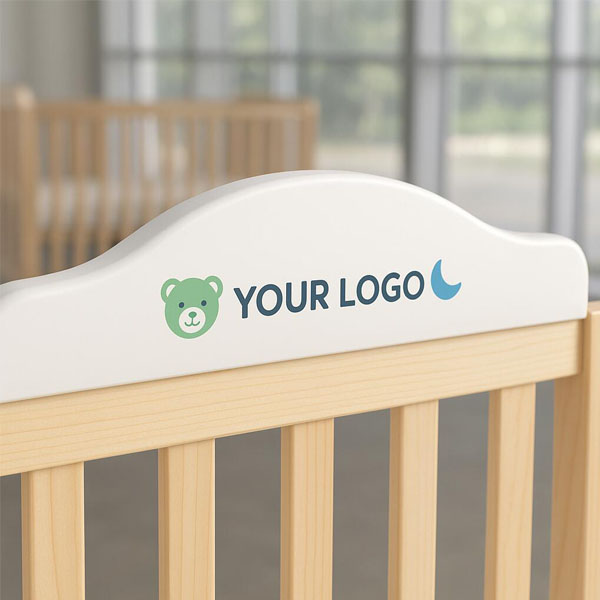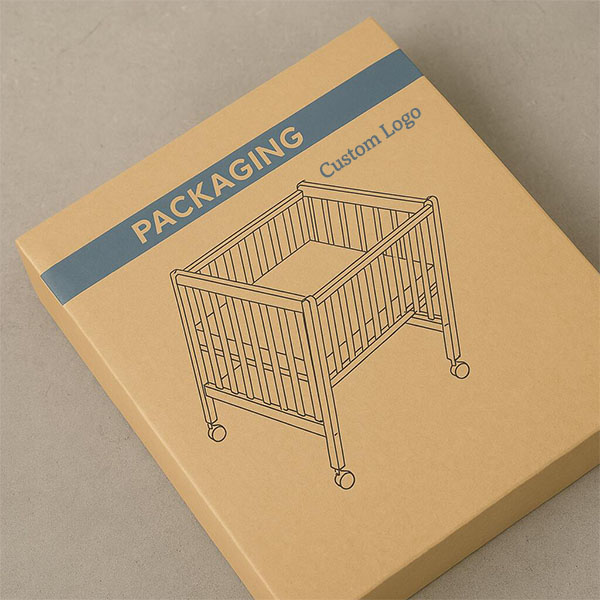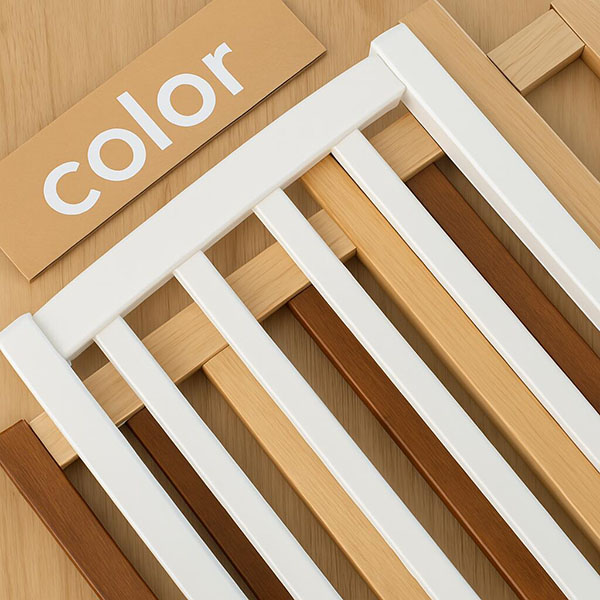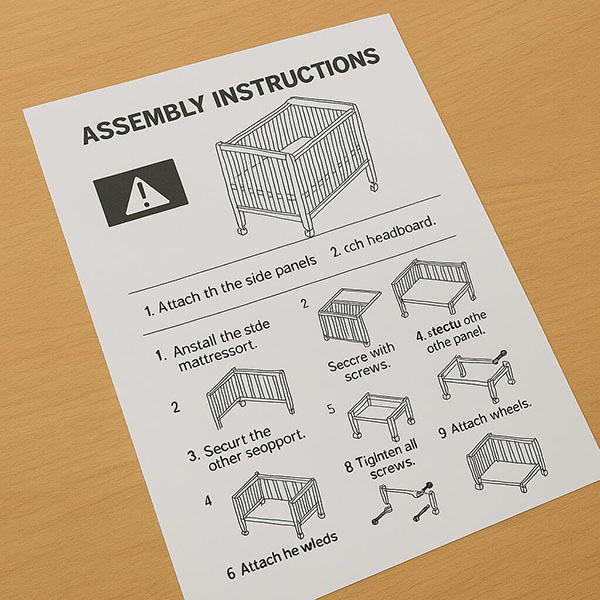Granite Cutting Board: A Durable Kitchen Necessity
When it comes to selecting a durable, stylish, and functional cutting board, granite is an option that stands out. While traditionally, wood and plastic cutting boards have been the go-to choices for home and professional chefs, granite cutting boards offer a unique blend of strength, heat resistance, and aesthetic appeal.
But is a granite cutting board really the best choice for your kitchen? Let’s explore its advantages, disadvantages, and best uses to help you decide.
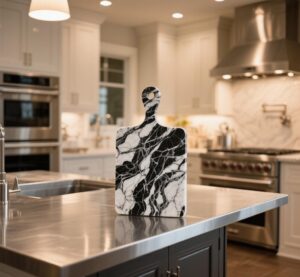
1. What is a Granite Cutting Board?
A granite cutting board is made from solid natural stone, typically polished and cut into a smooth rectangular or circular shape. Since granite is an extremely hard and dense material, it provides a sturdy, non-porous, and heat-resistant surface that many people use for various food prep tasks.
Granite cutting boards are available in different colors and patterns, depending on the natural stone’s mineral composition. This makes them a great addition to modern, luxurious, or elegant kitchen aesthetics.
2. Benefits of Using a Granite Cutting Board
✅ 1. Extremely Durable and Scratch-Resistant
Granite is one of the hardest natural stones, ranking high on the Mohs hardness scale. This makes it highly resistant to scratches, dents, and cracks, ensuring long-term durability even with frequent use.
✅ 2. Heat-Resistant for Hot Pots and Pans
Unlike plastic and wooden boards, granite is completely heat-resistant. You can place hot pots, baking trays, or pans directly on it without worrying about warping or damage.
✅ 3. Non-Porous and Hygienic
A well-polished granite surface does not absorb liquids, bacteria, or odors as wooden boards do. This makes it an excellent choice for preparing raw meats, seafood, or dough without worrying about bacterial contamination.
✅ 4. Aesthetic Appeal and Luxurious Look
Granite cutting boards add a touch of elegance to any kitchen. Available in various colors and veining patterns, they can easily complement modern, classic, or luxury kitchen designs.
✅ 5. Multi-Purpose Functionality
Apart from being a cutting board, granite slabs can be used as:
- A cheese board or serving platter
- A trivet for placing hot cookware
- A baking surface for rolling dough (its cool surface is ideal for pastry work)
3. Disadvantages of a Granite Cutting Board
❌ 1. Can Dull Knives Quickly
Granite is extremely hard, which means that knives tend to dull faster when used on this surface. Unlike wood or plastic, granite does not have any "give," causing knife blades to wear down quickly. It’s recommended to use ceramic or serrated knives sparingly on granite boards.
❌ 2. Heavy and Not Easily Portable
Granite cutting boards are much heavier than plastic or wooden boards, making them less portable. If you frequently move your cutting board around or prefer a lightweight option, granite may not be the best choice.
❌ 3. Can Crack or Chip if Dropped
Despite being durable, granite is still a natural stone, meaning it can crack or chip if dropped on a hard surface. Unlike plastic or wood, which absorb impact better, a granite board can break if mishandled.
❌ 4. Requires Special Cleaning Products
While granite is non-porous, it’s susceptible to staining from acidic foods like lemon juice, vinegar, or wine. Harsh chemicals and rough sponges should also be avoided, as they can dull the polish over time. Instead, granite cutting boards require gentle cleaning with mild soap and water.
4. Best Uses for a Granite Cutting Board
Because of its unique properties, a granite cutting board is best used for specific kitchen tasks, including:
✔ Rolling and kneading dough – The cool surface of granite is perfect for pastry work.
✔ Serving cheese, sushi, or charcuterie – A granite board doubles as an elegant serving platter.
✔ Cutting cold foods like fruits and vegetables – Works well for slicing cucumbers, tomatoes, and melons.
✔ As a trivet – Protects countertops from hot pots and pans.
✔ Chocolate and confectionery work – Great for tempering chocolate because of its cooling properties.
💡 Pro Tip: Avoid using granite boards for chopping meat, bones, or hard vegetables (like squash) frequently, as this can dull knives quickly.
5. How to Care for a Granite Cutting Board
To keep your granite cutting board in top condition, follow these cleaning and maintenance tips:
🧼 Cleaning:
- Wash with mild dish soap and warm water after each use.
- Avoid harsh chemicals like bleach or vinegar.
- Use a soft sponge or cloth to prevent scratching.
🔒 Maintenance:
- Seal the surface periodically (if unpolished) to prevent staining.
- Avoid dropping or hitting it against hard surfaces.
- Store properly to prevent accidental chips or cracks.
6. Is a Granite Cutting Board Right for You?
✔ Choose a Granite Cutting Board If You Want:
✅ A durable, scratch-resistant surface that lasts for years
✅ A hygienic, non-porous cutting surface
✅ A heat-resistant board that doubles as a trivet
✅ A luxurious, stylish addition to your kitchen
✅ A multi-purpose board for rolling dough or serving food
❌ Avoid a Granite Cutting Board If You Need:
❌ A board that won’t dull knives quickly
❌ A lightweight, portable cutting board
❌ A board that is shock-absorbent and won’t crack easily
Final Verdict: Is a Granite Cutting Board a Kitchen Necessity?
A granite cutting board is a durable, stylish, and multi-functional kitchen tool, especially for those who love baking, serving charcuterie, or working with chocolate. However, its knife-dulling effect, heavy weight, and risk of cracking mean it’s not the best option for everyday chopping and slicing.
If you’re looking for aesthetic appeal, hygiene, and durability, a granite cutting board is a great addition to any kitchen. But if you primarily need a board for heavy-duty chopping, wood or high-quality plastic may be the better choice.
Would you like recommendations for some of the best granite cutting boards available? 😊

